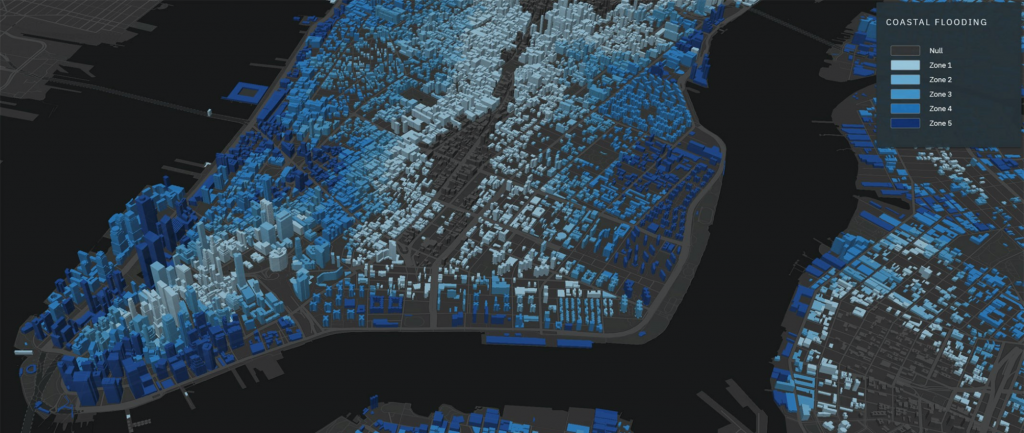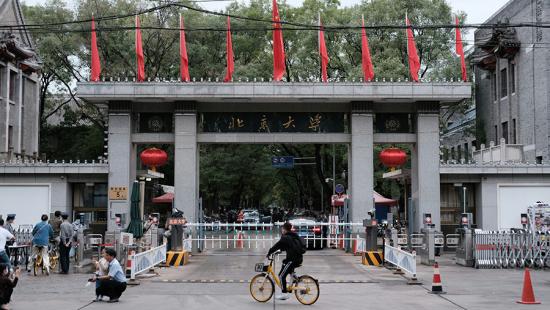Timon McPhearson: Climate Risks, Nature-Based Solutions, and Equity in New York City

photo / provided
Bio:
Dr. Timon McPhearson is Professor of Urban Ecology, Director of the Urban Systems Lab, and research faculty at the Tishman Environment and Design Center at The New School. He is a Senior Research Fellow at The Cary Institute of Ecosystem Studies and at the Stockholm Resilience Centre, Stockholm University, and an affiliate of the Beijer Institute of Ecological Economics at The Swedish Royal Academy of Sciences. He is a Lead Author for the IPCC and member of the World Economic Forum Global Commission on BiodiversCities. He studies the ecology in, of, and for cities to advance resilience, sustainability, and justice. He publishes in scientific journals such as Nature, Nature Climate Change, and BioScience, in books (e.g. Urban Planet, Resilient Urban Futures), and in popular press (e.g. The Nature of Cities). He co-leads the U.S. National Science Foundation (NSF) "Urban Resilience to Extreme Weather Related Events" Sustainability Research Network (UREx SRN), the NSF Converging Social-Ecological-Technological Systems for Urban Resilience project, and the NSF Nature-based Solutions for Urban Resilience in the Anthropocene (NATURA) global network of networks. His work is read and covered widely including in The Guardian, The New York Times, The Nation, and more.
Abstract:
Climate-driven extreme events are already having devastating impacts on social, ecological, and technological-infrastructural systems in cities around the world. New York City, given its location, high density population and concentration of infrastructure faces multiple risks from coastal storms, extreme rainfall, and heatwaves. Results from the most comprehensive assessment of climatic events in the city to date indicate that hazards have systematically affected the city, with heat waves as the deadliest events and hurricanes as the costliest. Multi-hazard risk assessment has emerged as a critical approach to identify hotspots for risk, prioritize adaptation solutions for impact, and to understand locations of disproportionate risks to residents from multiple hazards. Using socioeconomic indicators to assess vulnerabilities and risks to three climate-related hazards we find that spatial hotspots of multi-hazard risk are disproportionate and affect similar local residential communities along the coastlines. Additionally, though the importance of nature-based solutions for resilience to extremes are emphasized both in literature and in New York City adaptation planning, results from recent analyses reveal distributional environmental injustice of access to the climate-regulating benefits of ecosystem services provided by urban green infrastructure in NYC. Taken together results from USL research on climate risks and access to nature-based solutions make clear that urban policy and planning need to ensure that investments in nature-based and other efforts to reduce climate risks do not reinforce or exacerbate existing environmental injustices.







